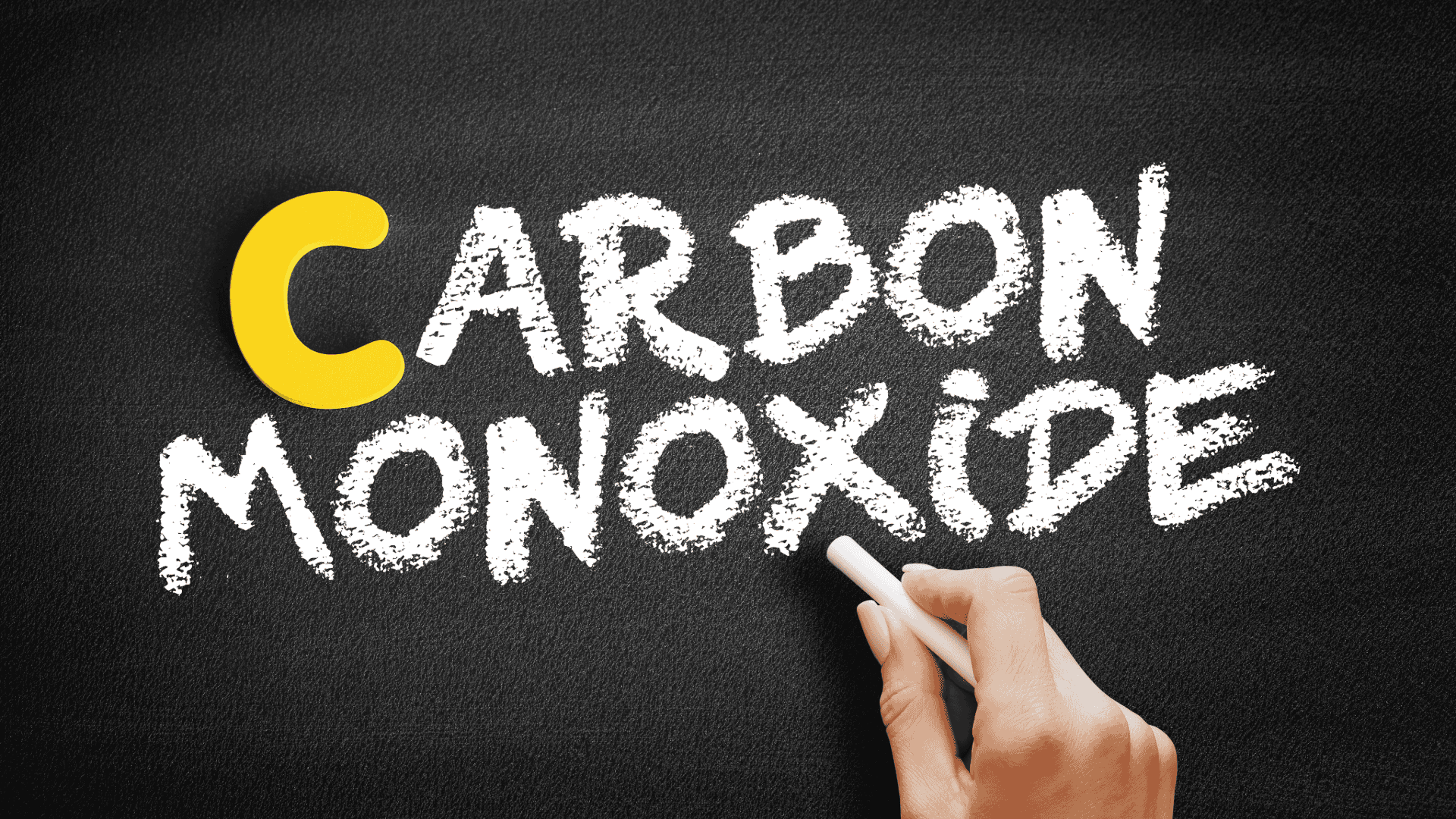Carbon monoxide (CO) poisoning, stemming from the incomplete combustion of carbon-containing substances, represents a significant public health challenge in the United States. Despite its preventable nature, CO poisoning continues to exact a toll on healthcare systems, with devastating consequences including emergency department visits, hospitalizations, and fatalities.
Each year, an estimated 101,847 individuals present to emergency departments due to unintentional CO exposure, with 14,365 requiring hospitalization and at least 430 succumbing to the effects of this silent killer. These figures underscore the severity of the issue; however, they likely represent an underestimate due to the absence of an active CO surveillance system.
One striking example of the underreporting is evident in the National Poison Data System (NPDS), which only captured 36,691 of the reported 200,000-plus CO exposure-related emergency department visits over a 10-year period. This significant discrepancy highlights the urgent need for improved surveillance mechanisms to capture the true burden of CO poisoning.
Recognizing the urgency of the situation, the Centers for Disease Control and Prevention (CDC) have incorporated unintentional CO poisoning as a nationally consistent data measure on their tracking portal. However, while this represents a step in the right direction, a comprehensive data source providing a holistic view of CO poisoning nationwide remains elusive.
Preventing CO poisoning necessitates a multi-pronged approach. Public education campaigns are vital for raising awareness about the dangers of CO exposure and the importance of installing CO detectors in residential and commercial settings. Healthcare providers play a pivotal role in recognizing and promptly reporting suspected cases of CO poisoning. Enhancing surveillance methods and allocating dedicated resources are imperative for tracking trends, identifying vulnerable populations, and informing evidence-based interventions.
In conclusion, unintentional carbon monoxide poisoning poses a significant yet preventable threat to public health in the United States. Addressing surveillance gaps and implementing preventive strategies require collaborative efforts among healthcare professionals, public health agencies, policymakers, and community stakeholders. By prioritizing CO poisoning prevention and intervention measures, we can mitigate its impact and save lives across the nation.
View the AGS range of carbon monoxide detectors here, or alternatively contact your local representative for further information.

